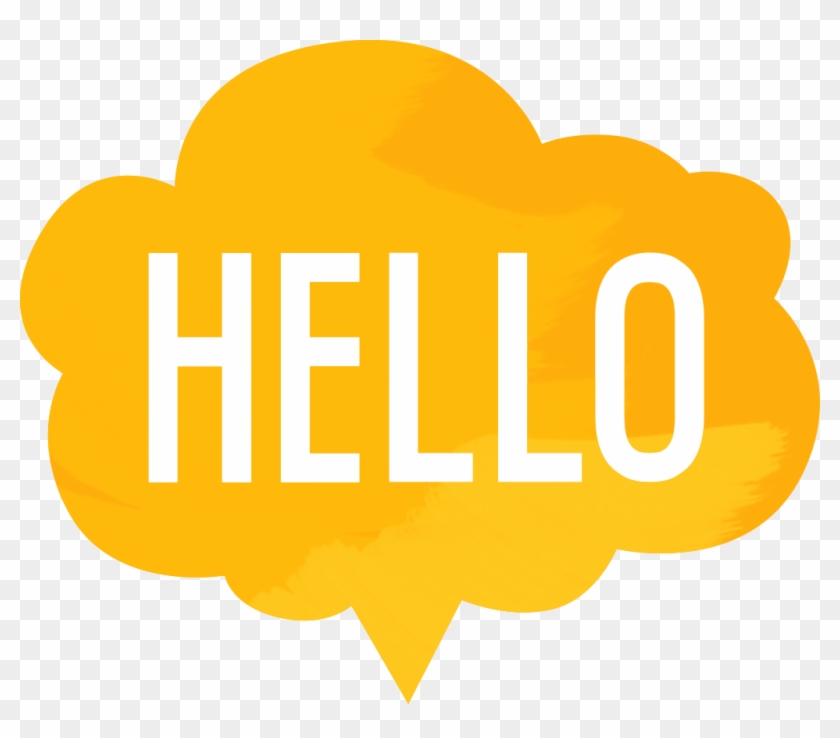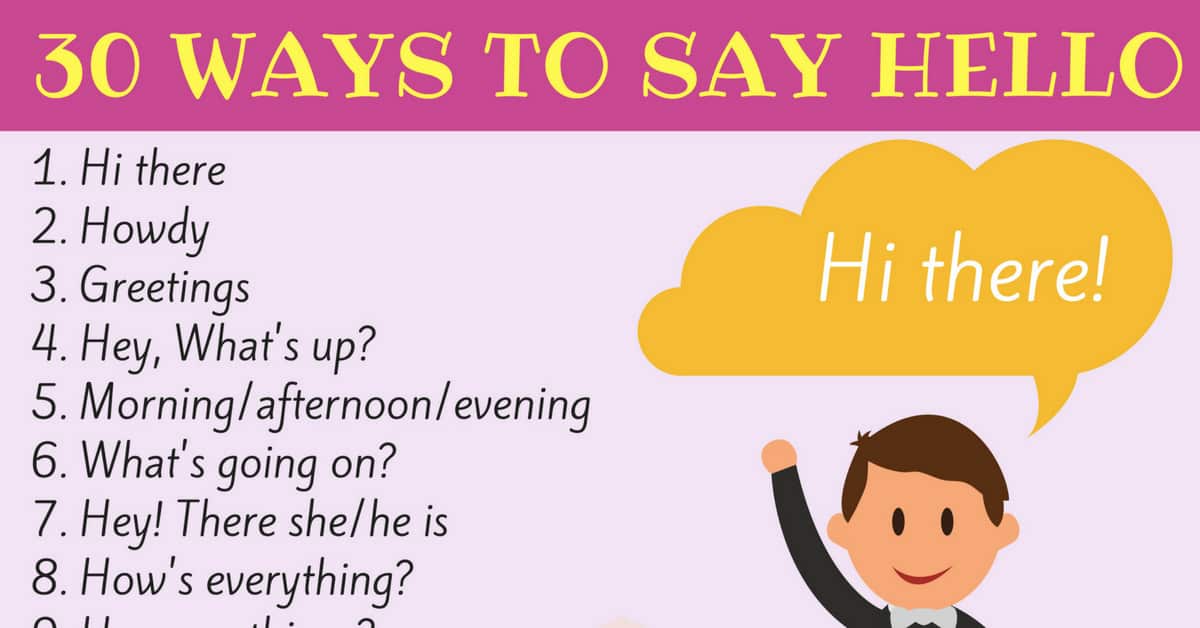A Friendly Greeting - Hello Neighbor Twitter's Origin
It's kind of amazing how a simple word, a greeting we use every day, has such a deep and interesting past. This little word, "hello," has been around for a long time, showing up in all sorts of places, from famous books to the latest tech. It has, you know, a story that might just surprise you, showing how a single expression can connect so many different parts of our daily existence.
We often say "hello" without thinking much about it, perhaps when we see someone we know, or maybe even a new neighbor. But this word, you know, has a story that stretches back, appearing in written works and becoming a go-to way to start a conversation. It's a word that bridges gaps, making new connections possible, whether face-to-face or through other means.
From how we talk on the phone to characters in popular stories, the word "hello" has really found its place. It's almost everywhere, and we can even see its presence on social spaces, like what you might find on Twitter. It's a truly common word, used to acknowledge someone's presence, or to begin a chat, pretty much anywhere you go.
Table of Contents
- The First "Hello" - A Literary Debut
- How Does "Hello" Show Up in Our Tech?
- What About "Hello" in Stories and Characters?
- Can "Hello" Connect Us to Our Neighbors?
- How Does "Hello" Fit on Twitter?
- Is "Hello" Just a Greeting?
- Exploring "Hello" - A Universal Welcome
The First "Hello" - A Literary Debut
The word "hello" has a pretty cool origin story, particularly how it started showing up in written form. It's kind of interesting to think about how something so simple became so popular. Back in 1826, the word, spelled just like we do now, made its first known appearance in print in the United States. That's a long time ago, when you think about it, and it really shows how words grow and change over time.
Fast forward a bit to 1880, and "hello" was, you know, really catching on. It became so common that even a very well-known writer, Mark Twain, put it in his work. He used it in a piece called "Telephonic Conversation," which, in a way, helped the word make its first true literary appearance. This act of a famous author using the word helped cement its place in the everyday language of people.
It was, apparently, a word that people started to use more and more, especially with the telephone becoming a thing. Saying "hello" became the usual way to answer the phone, which makes a lot of sense. It's a friendly sound to begin a chat, and it's quite simple to say, too. This adoption for telephone calls really helped the word spread far and wide, making it a household term for just about everyone.
- Corey Hudson Twitter
- Special Kherson Cat Twitter
- Shannon Drayer Twitter
- Tcr Twitter
- Cookinwitkya Onlyfans
How Does "Hello" Show Up in Our Tech?
Beyond old books and phone calls, the word "hello" also shows up in how we interact with our computers. For example, there's a feature in Windows that uses "hello" in its name. This feature, known as Windows Hello, helps you get into your computer using things like your face. It's a way to say "hello" to your machine without typing a password, which is pretty neat, actually.
If you've ever set up facial recognition on your computer, you might have gone through steps that involve Windows Hello. It's a rather straightforward process once you get into the settings. You just go into the Windows Hello setup again, and it lets you get your face registered for future use. This kind of tech, you know, makes starting your computer feel a bit more personal, like it's recognizing you.
It's interesting to see how a simple greeting word gets tied into advanced systems that recognize a person's unique features. This shows how words that mean something friendly can be used in very practical, modern ways. It's a bit like the computer is saying "hello" back to you, acknowledging your presence with its own clever methods, which is quite clever, really.
What About "Hello" in Stories and Characters?
The word "hello" also pops up a lot in different stories and with many well-known characters. For instance, there's an anime called "Hello World," which, you know, has gained some attention. It's set in the year 2027, in the city of Kyoto, a place that has really changed with lots of new technology. The story follows two schoolmates, one of whom is a bit shy, and it's all about their experiences in this advanced setting.
There's also a manga called "Hello Baby," which people can find information about on online communities dedicated to anime and manga. These stories, you know, use "hello" as part of their title, drawing people in with a familiar word. It suggests a beginning, or maybe a new connection, which is pretty fitting for a story.
And who could forget Hello Kitty? She was, apparently, born in the suburbs of London and lives with her family. She has a twin sister, Mimmy, who is her best friend, which is kind of sweet. Hello Kitty is a truly famous character, and her name uses that simple greeting, making her feel approachable and friendly to people all over the world.
Hello Kitty even has friends, like Pompompurin, who is a very athletic dog. He's really good at sports, like being a top player in three-on-three basketball and a solid goalie in soccer. He's also, as a matter of fact, very good friends with Hello Kitty. These characters, with "hello" in their connections or names, show how the word is part of popular culture, making people feel welcome and happy.
There's also an anime simply called "Hello," which tells the story of a ninja named Gabimaru the Hollow. This character, you know, has been sentenced to death but seems to not care much about anything. He tries to be put to an end, but it doesn't work out. It's a different kind of story, but it still uses that common word, "hello," to invite people into its world, which is interesting.
Can "Hello" Connect Us to Our Neighbors?
When you think about the word "hello," it's often the first thing we say to someone new, or someone we see often, like our neighbors. It's a simple way to acknowledge another person's presence. This greeting is, in a way, a small bridge between people, helping to start a conversation or just show that you recognize them. It's a very common gesture of friendliness, really.
The meaning of "hello" is pretty clear: it's an expression or a gesture for greeting someone. You use it when you meet someone, or when you answer the phone, or sometimes even to show surprise. It's a word that, you know, works in so many different situations, making it a very useful part of how we talk to each other every day. It helps us feel connected to those around us, including our neighbors.
In many ways, saying "hello" to a neighbor is a small but important act. It helps build a sense of community, letting people know you're open to talking. It's a polite and friendly way to begin, and it can set a nice tone for any interaction you might have. This simple word, as a matter of fact, holds a lot of social weight, making our interactions with others, like our neighbors, feel a bit more comfortable.
How Does "Hello" Fit on Twitter?
Thinking about how people communicate online, especially on platforms like Twitter, the word "hello" still plays a part. While you might not always type "hello" at the start of every message, the idea of a greeting is still there. People use Twitter to share news, talk about things they like, and connect with others. And often, these connections start with a simple acknowledgment, much like a "hello."
On Twitter, you might see people saying "hello" in different ways. Maybe they are greeting a famous person, or a group of people, or even just saying "hello" to the day. It's a public space where people share thoughts, and that initial greeting, you know, sets a friendly tone. It's a way to reach out, to begin a chat, or just to make your presence known in the vast stream of messages.
The concept of "hello" as a universal greeting fits very well with how people use social media. It's about starting a conversation, or acknowledging someone's message. Even if the word "hello" isn't explicitly used, the friendly opening of a tweet, or a reply, has that same welcoming spirit. It's, in some respects, the digital version of a wave or a nod, making the online world feel a bit more human.
The word "hello" also appears in the wider world of news and media, which often gets shared on Twitter. For example, celebrity and royal news from around the world, including magazine features and lifestyle news, often use familiar greetings in their headlines or opening lines. This use of "hello" makes the news feel more approachable, which is pretty common, actually, for how media talks to its audience.
Is "Hello" Just a Greeting?
While "hello" is most often used to greet someone or answer the phone, it can also express surprise. This shows that the word has, you know, a bit more range than you might first think. It's not just a polite opening; it can also be a sudden exclamation when something unexpected happens. This flexibility makes it a very useful word in many different situations.
The word "hello" is a greeting or a salutation in the English language, and it has been used this way since the 19th century. Most people agree that it is related to older words that meant something similar. It's a common way to begin conversations or telephone calls, and it's recognized by almost everyone who speaks English. It's, in a way, a very reliable word for starting things.
There are, of course, many ways to say "hello," and these can change depending on where you are or who you are talking to. But if you are ever unsure, just using "hello" works in nearly all situations and places. It's a very neutral and universal greeting, meaning it's unlikely to cause any offense. It's a truly safe bet when you want to make a friendly start, you know, with anyone.
Exploring "Hello" - A Universal Welcome
The greeting "hello" is among the most universal and neutral words we use. You can hear it in almost all social situations and from people from all walks of life. It's a word that brings people together, no matter their background or where they are from. This makes it a very powerful little word, even though it's so simple, which is kind of amazing, really.
It is typically used when meeting or greeting someone for the first time, or as a polite and friendly way to acknowledge someone's presence. It's a word that initiates a connection, a way to show you are open to interaction. This common usage means it's a word that helps build relationships, one friendly greeting at a time, which is, in some respects, very important for how we live together.
So, from its beginnings in old writings to its place in modern technology and popular stories, "hello" continues to be a very important word. It helps us connect with our neighbors, engage on platforms like Twitter, and simply acknowledge each other in our daily lives. It's a truly versatile word, proving that sometimes the simplest things have the biggest reach, you know, in our world.

Hello! | Super Simple Songs | Super simple songs, Hello song for kids

Hello Clipart

50+ Creative Ways to Say "Hello" in English • 7ESL